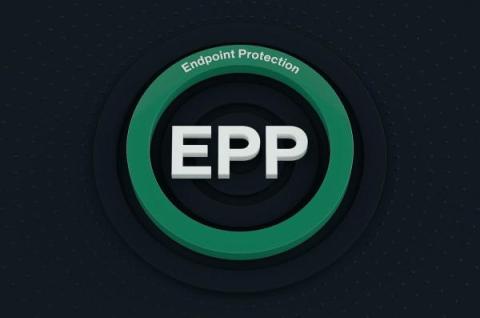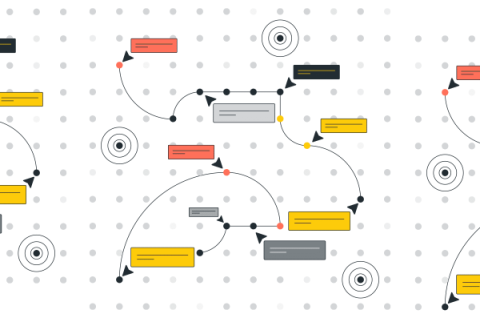Demystifying GenAI security, and how Cato helps you secure your organizations access to ChatGPT
Over the past year, countless articles, predictions, prophecies and premonitions have been written about the risks of AI, with GenAI (Generative AI) and ChatGPT being in the center. Ranging from its ethics to far reaching societal and workforce implications (“No Mom, The Terminator isn’t becoming a reality… for now”). Cato security research and engineering was so fascinated about the prognostications and worries that we decided to examine the risks to business posed by ChatGPT.












